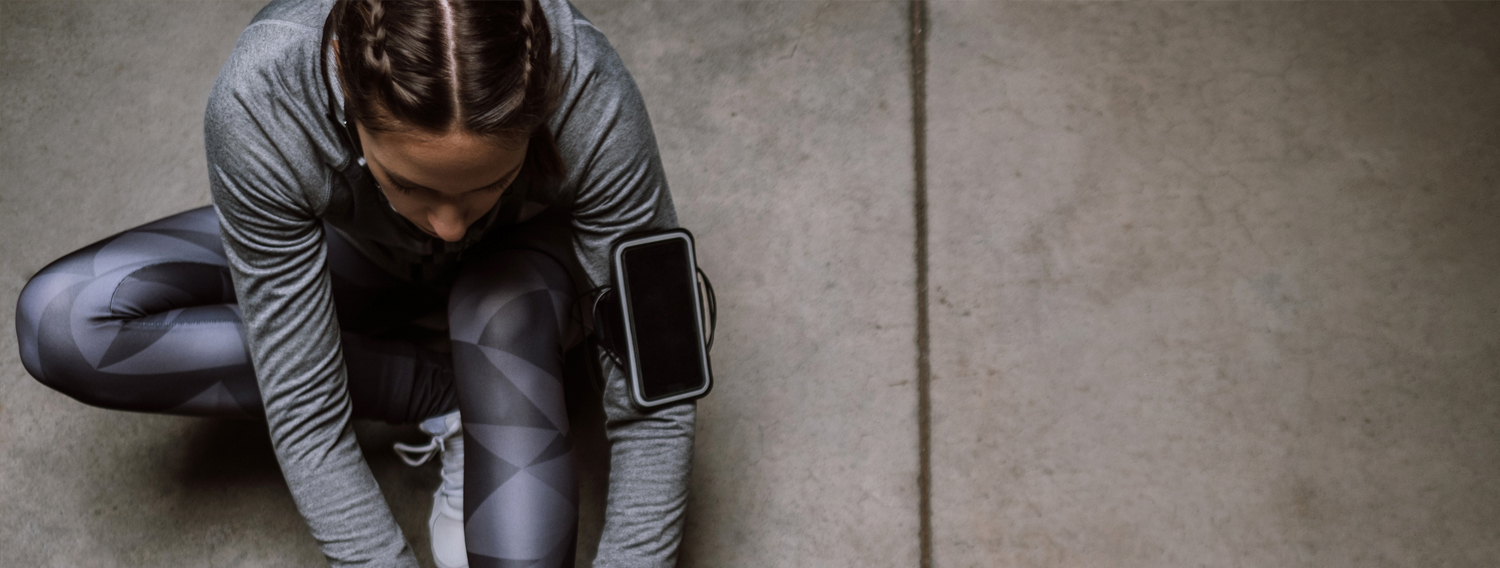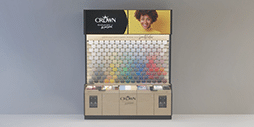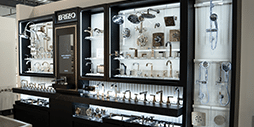As with many industries the Health & Fitness market has been seriously impacted by the COVID-19 pandemic. Many have taken up new ways to keep fit and healthy such as running and cycling whilst others have switched to YouTube, Facebook Live and Zoom to partake in virtual workouts. So not only has the pandemic caused individuals to change their exercise routines, it has also encouraged many people to create new ones in addition to adopting new technologies and it’s also thrown up some very interesting statistics:
- 76% of people have taken up at least one new form of exercise this year
- 81% of people want to carry on with their fitness regimes into the future
- 90% of people’s motivation for taking up an activity is to care for their mental health
This new momentum to get fit, keep fit and support the ‘help me to be healthy’ attitude, is certainly optimistic news for the health and fitness market at a time when many other sectors are facing a rather challenging time.
Already, the figures are looking good with sales in the US of fitness equipment up by 55% and associated sectors like the protein supplements market set to increase appreciably on the $17.55 billion it was worth in 2019.
New Ways To Work Out.
The range of ways that people are choosing to exercise is on the increase too. With the initial closure of gyms at the start of the lockdown period, home exercise suddenly became a good alternative, with 45% opting to keep active at home. The 15 million viewers gained by Joe Wicks in the first week of his PE with Joe home workouts was testament to this.
It also highlighted the fact that there is a real desire for structured, regime-led exercise. This is why, when it comes to sports equipment, digital connection is key with 50% of users wanting it to come with an accompanying app and 55% wanting some kind of personalised training too.
Expanding Sales.
So what have consumers been buying this year? The growing popularity of cycling has seen many retailers and manufacturers being unable to keep up with the demand. As an activity it has increased by up to 200% this year with bikes gradually becoming status symbols for some with brands like Rapha, Café du Cycliste, Assos and Pedla leading the way. Take Ribble for example, it has seen its sales increase by over 300% across its entire range of cycles since the start of the pandemic.
Wearable tech has also seen a boom in sales driven by both its increasing affordability and the desire of users to set themselves goals and to feel part of a community that using apps like Strava and Runkeeper can create. The market itself is set to surpass $31 billion by 2025 with brands such as Apple Watch, FitBit and Samsung’s Galaxy leading the way.
And, while 69% of people say that they have taken up exercise to feel better rather than to look good, that doesn’t mean that they’re turning their backs on style altogether. Worldwide sales of the athleisure category are set to rise to over $257 billion by 2026 and even retailers like Marks and Spencers, with the launch of their Goodmove range and John Lewis, who are starting to exploit its potential with the recent introduction of six new brands into their special concept zones, are jumping on this growing trend and demand.
New Motivations.
There are also a changing number of considerations that are starting to play more of a part in the purchasing decision. One of the most important of these is sustainability. 75% of people have said that they are prepared to pay a premium for sustainable products. Some brands, such as Patagonia, have even started to recycle pre-owned items through their “Worn Well” initiative. Adidas have also started playing their part in their flagship London store where war on unnecessary plastic packaging has been well and truly declared.
Underlying almost everything is a fundamental shift in the mindset of health and fitness-conscious consumers with a very positive belief that prevention is better than cure. Namely, this means taking pre-emptive action, as well as a holistic approach, to caring for their health and fitness. In the retail environment this involves making sure all the necessary processes and procedures are in place to keep shoppers and employees safe – an important consideration for 56% of people.
It also means taking other elements into account including maintaining good nutrition and achieving that all-important work/life integration. With home-working becoming the norm for many, this is an area that has started to become increasingly blurred necessitating the need for ever-more defined boundaries.
So, ironically, it would seem that it has taken the COVID-19 crisis to encourage many people to step back and reassess their health needs and goals. This promises to be good news not just for individuals, but for the whole health and fitness market in general which is predicted to reach a value of $614,1 billion by 2022.
Sign up for our newsletter to stay up to date on the latest in tech, design and retail.


